Brazil Proposes Cotton Import Quota to India
Calendar and Events |
After confirming its leadership in global cotton exports for the 2023/24 marketing year, Brazil is likely to repeat this performance in 2024/25. Official projections indicate that the Indian textile industry is among the South American country’s priorities.
India’s importance to Brazil was highlighted during a trade exchange conducted by Brazilian producers and exporters in New Delhi from September 10th to 14th. The highlight of the agenda was the “Cotton Brazil Outlook,” a seminar that brought together 70 executives from the textile sector across different states of India. The event, organized in partnership with the Brazilian Embassy and Wazir Advisors, was promoted by the Brazilian Cotton Producers Association (Abrapa).
During the presentations, Brazilians demonstrated why the country is a good alternative for the Indian textile sector. Brazil currently maintains a year-round supply of cotton on a large scale. For the 2024 crop, the forecast is 3.67 million tons of lint—13% more than in 2023. For exports, the projection is 2.86 million tons (6.7% more than the 2023/23 cycle), according to data from Abrapa.
“Brazilian cotton aligns with Indian demand. Our mechanized harvest delivers lint without contamination. And we know there is a significant market for fiber with a length above 28 millimeters,” explained Alexandre Schenkel, president of Abrapa. More than 80% of the Brazilian crop is socio-environmentally certified by the “Responsible Brazilian Cotton” (ABR) program and Better Cotton.
However, Brazilians accounted for only 4.3% of India’s cotton imports. From August 2023 to July 2024, India acquired 8.3 thousand tons from Brazil—less than half the volume recorded in the previous cycle (16.5 thousand tons). With a declining production scenario and an increasing need to import, accessing Brazilian cotton could be a good strategy for India.
The most recent data updated India’s import forecast for the 2024/25 marketing year to 501 thousand tons. Compared to the 191 thousand tons in 2023/24, this represents a 162% increase. “We want to be part of this movement. We see great potential to further expand our trade with India. That’s why we started our international mission agenda here,” said Marcelo Duarte Monteiro, Director of International Relations at Abrapa.
Monteiro is responsible for Cotton Brazil, an initiative that represents the Brazilian cotton production sector internationally. In addition to Abrapa, the program is in partnership with the Brazilian Trade and Investment Promotion Agency (ApexBrasil) and supported by the National Cotton Exporters Association (Anea).

In an official engagement with the Ministry of Textiles, the Ministry of Commerce, and the Cotton Corporation of India (CCI), Abrapa formally requested the Indian government to take measures to encourage trade between the two countries. The idea is to establish a quota for importing Brazilian lint exempt from the current 11% tax. The objective is to promote access for Indian manufacturers to the Brazilian product.
The request will now be evaluated by the Indian government, which has expressed interest in learning more about Brazilian cotton farming. Over the past two decades, Brazil has increased production, productivity, and lint quality without expanding the planted area. With investment in production technology and good cultivation practices, the South American country has gone from being the second-largest importer to the current largest exporter of cotton in the world.
The Brazilian agenda in New Delhi concluded with the “Cotton Brazil Outlook” on the 13th. The seminar hosted over 80 industrialists from the country’s main textile hubs. The Brazilians showcased the current status of the 2024/25 crop and export projections.

